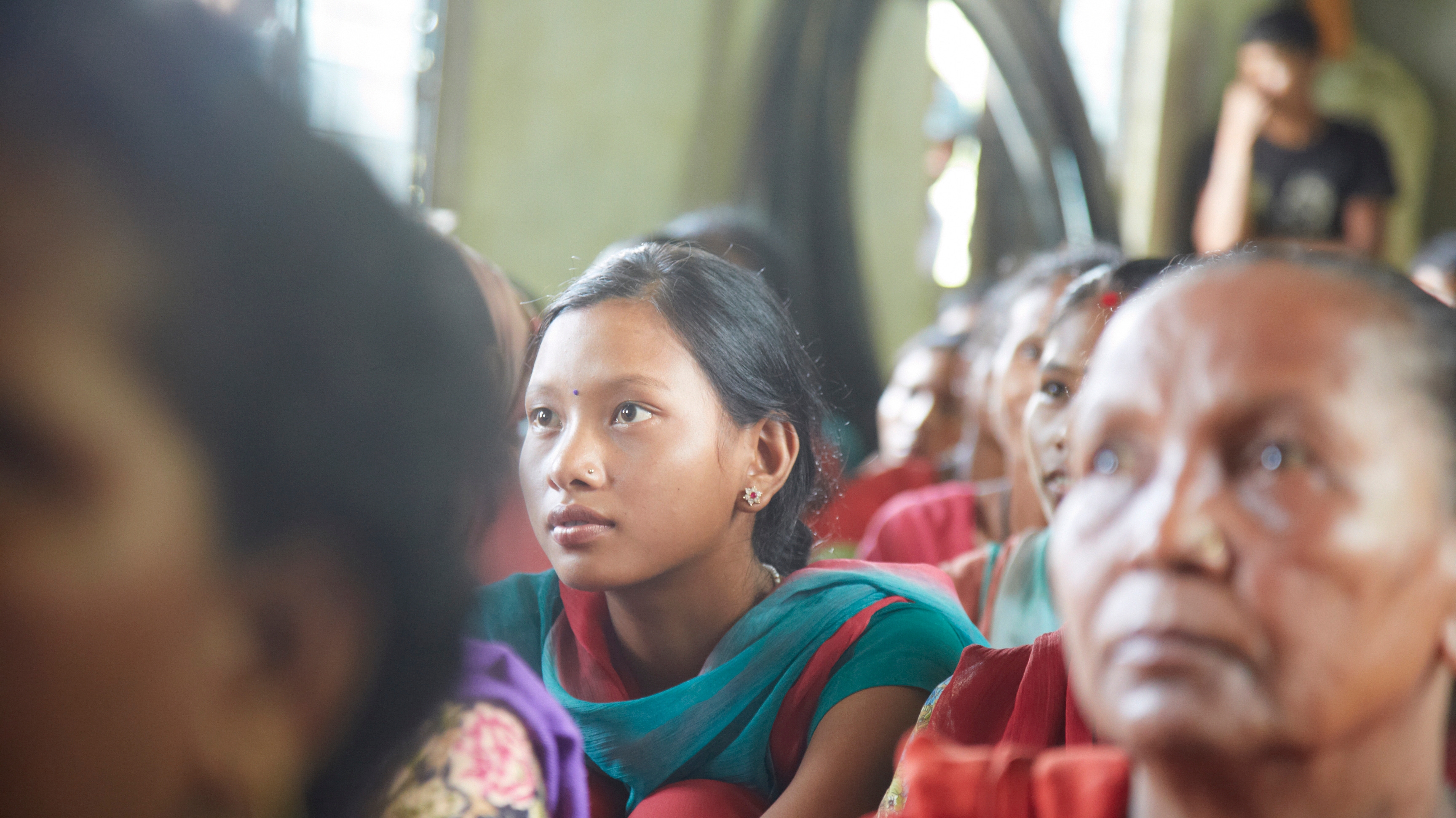KATHMANDU, September 19, 2014—Governments, donors, civil society, and the private sector in South Asia should seize the opportunity of increased awareness and action about violence against women and girls to end this suffering through better coordinated and funded efforts, a World Bank report said.
“Violence Against Women and Girls: Lessons from South Asia” is the first report that systematically collects and analyzes data across the region for all the types of violence women face in their lives, from child marriage to domestic violence, honor killings to trafficking. Drawing on the work of local researchers and activists, it aims to help those already working on this challenge to learn more about the work of others while also providing a guide for policymakers to set priorities and funding for effective programs.
“This report shows that much is already being done across South Asia by dedicated women and men to end this burden,” said Philippe Le Houérou, Vice President for the South Asia Region at the World Bank. “The World Bank wants to support their efforts to improve the opportunities, rights and lives of girls and women.”
The report shows that South Asia has its own special challenges in overcoming violence against women and girls. Excess female child mortality, or the greater rate at which girls die compared to boys, is higher in the region than anywhere else in the world. South Asia is also number one for child marriage. Violence against women from intimate partners is also unacceptably high, particularly for married adolescents.
This violence comes at a big cost to South Asia (Afghanistan, Bangladesh, Bhutan, India, Maldives, Nepal, Pakistan and Sri Lanka). The human, social and financial costs mean that the countries in the region will fail to meet six of the eight poverty reduction targets for 2015 set in the Millennium Development Goals.
“This violence helps to keep women poor and stops developing economies from becoming more prosperous,” said Jennifer Solotaroff, a report author and Senior Social Development Specialist at the World Bank. “This violence keeps women from being equal citizens.”
The report identified over 700 organizations across South Asia working to end violence against women and girls. It found it encouraging that many of these actions involved boys and men. But the report found that many of these initiatives were not evaluated, and efforts across programs and forms of violence were not coordinated. Programs also did not address several well-established risk factors for violence, at the individual, household, community, institutional, and structural levels of society.
“This report identifies measures that can be taken, partners who can influence things for the better, and where increased funding and evaluations are critical,” said report author Rohini Prabha Pande “Well-coordinated actions by a range of partners can make a huge difference.”
Releasing the report in Kathmandu today at an event organized in collaboration with the National Women’s Commission, the authors lauded the efforts of Nepal’s organizations in preventing violence against women and girls and providing services to the victims. On the prevention side, programs to keep girls in schools; awareness-raising at the community levels; engaging survivors; and working with men and boys were cited as initiatives that have had far-reaching effects. On the response side, the authors said the government-initiated ‘One-stop Crisis Management Centre’; legal aid for survivors; psychosocial counselling; vocational training; and working with families and communities to accept victims as part of their reintegration were particularly noteworthy.
On the way forward, the authors invited the involvement of additional partners and suggested that practitioners come together to use resources more efficiently. Underscoring the importance of engaging men and boys in both prevention and response interventions, the authors noted that efforts to engage children and youth could be augmented to address perceptions of gender roles from an early stage.
Calling for the implementation and strengthening of laws along with a commitment of adequate funding to programs addressing specific forms of violence, the authors also highlighted a key recommendation in the report which urges governments across South Asia not to assign responsibility for ending violence against women and girls to a particular ministry but rather to pursue coordinated efforts across ministries.
The genesis of this report dates back to June 2013 when the World Bank and Oxfam co-organized a regional conference in Kathmandu and brought together a broad range of actors to discuss the complexity, interconnectivity, scale and gravity of the issue of violence against women and girls in South Asia and to discuss how best to intensify efforts to address this pervasive regional problem. Since then the World Bank has launched a multi-faceted program to address gender based violence in its operations, analytics and collaborative work.

